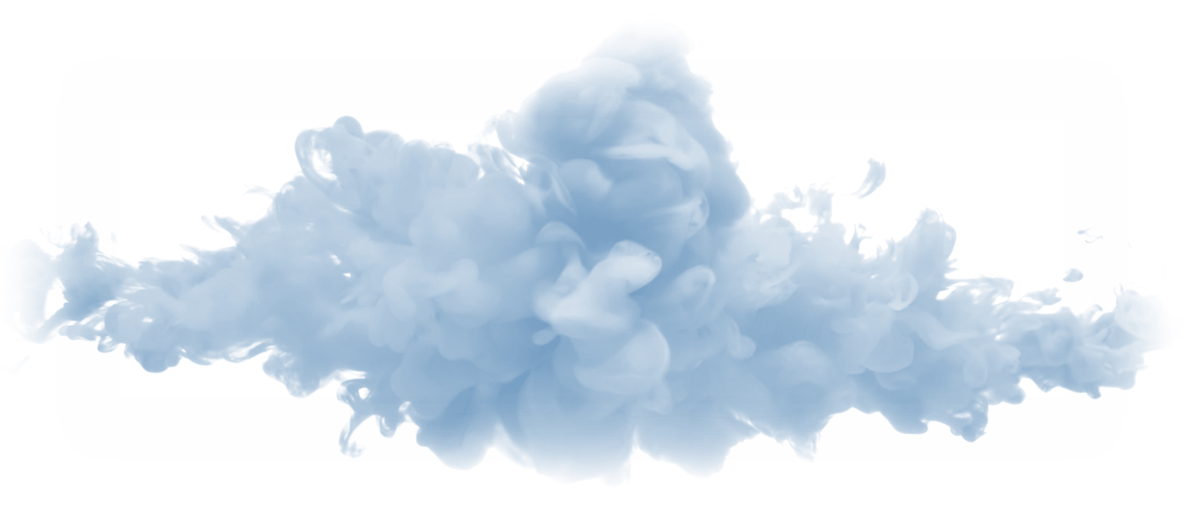In-flight measurement of nanoparticle surface area and volume
Theme: Aerosol Technology
Start date: Cohort 2: 2020
Supervisors: Prof. Adam Boies, Prof. Simone Hochgreb
Aerosol Society Annual Conference 2021 best poster award
Abstract:
Particles are the core science of many fields including atmospheric physics and material technologies, e.g., carbon nanotube manufacturing. However, their manipulation and behaviours are still not correctly understood owing to a lack of reliable measurements and modelling results. This study is a contribution to better understand the particle growth via the determination of their precise surface area and volume using a dedicated experimental facility and extensive numerical techniques. The output work will essentially bring a new experimental in-line routine and a set of predictive models. Another ultimate outcome is to pave the way for new instrumentation designs. Naturally occurring nanoparticles such as soot, often consist of hundreds of primary particles forming quasi fractal aggregates and agglomerates. While aggregates are less susceptible to restructuring during condensation/evaporation, the heterogeneous condensation and partitioning of liquid may alter their dynamic characteristics such as their mass and mobility. One may ultimately want to manipulate the behaviours of these particles within several instruments, changing the state variables, to dictate their fate. The growth is the focus of this work as it is not currently possible to precisely detect it and control it. Indeed, particles often grow spontaneously to reach an equilibrium state. While the growth behaviour for the final structure is well characterized (e.g., for a spherical liquid droplet), the growth mechanisms underlying the transition towards the final state have not yet been thoroughly investigated. As long as the condensation is controlled by surface addition, the surface area property would be accessible via in-line and off-line measurements. Eventually, the growth becomes driven by volume expansion, annihilating any simple measurement of surface area. Consequently, one objective of this work is to control the growth dynamics of nanometric particles. In-line techniques are key in the emission field as they allow fast and precise on-field data, and toobtain various distributions. Well-known instruments such as particle mass analyzers and diameter mobility analyzers are often used in conjunction to extract the mass-mobility of the particles. These classification techniques mostly result in the unbalanced system of forces acting on single particles.
Nonetheless, one challenge induced by using this instrumentation is the poor resolution to appreciate small changes in particle properties. Thus, there is the opportunity in this study to extensively use such instruments along with a newly-designed chamber to grow nanoparticles with non-toxic condensable gases. Another challenge is to design the experiment with appropriate sensitivity ranges to provoke slight changes in the liquid amount added to the surface of the aggregates. Current techniques fail at providing this sensitivity requirement which subsequently compromises the initially targeted amount of added liquid, by leaving particles dry or conversely excessively coated. The last main experimental challenge is the dependence of the local surface energy on the growth. Because this energy remains unknown for most problems, there will be a need to understand how it affects the surface area. Modelling such a multiphase flow complex requires a multiscale and semi-stochastic approach. Ata small scale, where molecular interactions dominate, molecular dynamics along with Monte Carlo simulations are considered. At larger scales, multidimensional computing fluid dynamics is a powerful tool to solve the equations governing this multiphase flow. In real life, molecular and macroscopic processes act simultaneously in the same control volumes, so that coupling between these methods is often needed. The main numerical objectives are to provide inputs for experiments and to predict situations outside the experimental ranges within reasonable assumptions.
